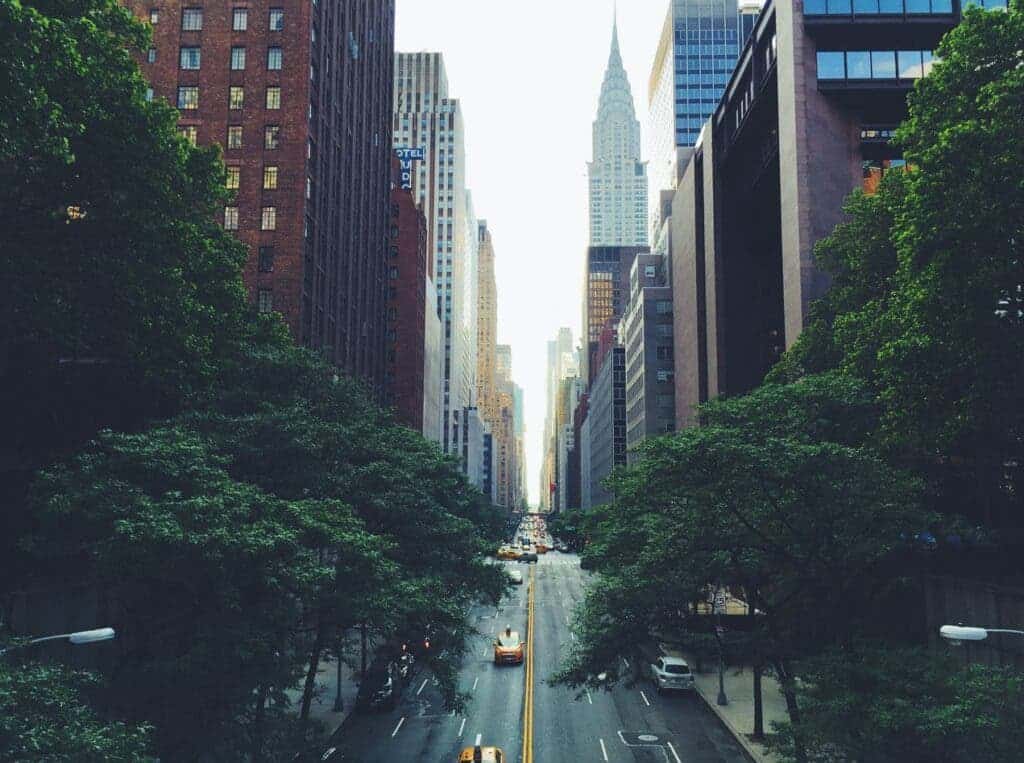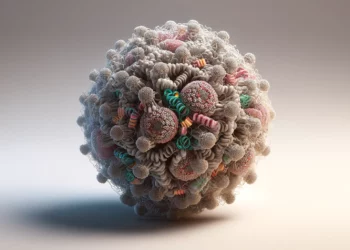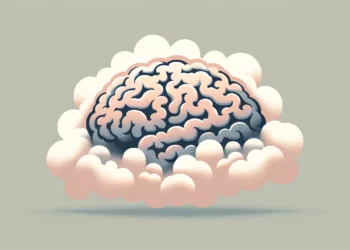
The country’s hardest-hit area is recovering, which is of course a good thing. But this success might be lulling other areas into a false sense of security.
For all the talk about a second coronavirus wave in the US, much of the country is still fighting through the first one.
Still the first punch
It was on April 10 that coronavirus cases in the US peaked at 31,000 average new daily cases. Since then, they’ve generally gone down — but only to an average of 22,000, a figure which has remained stable over the past few weeks. The virus still kills over 5,000 Americans every week.
So how exactly has the first wave passed?
“We really never quite finished the first wave,” says Dr. Ashish Jha, a professor of global health at Harvard University. “And it doesn’t look like we are going to anytime soon.”
If we zoom out a bit and look at the global picture, the US still has the second-highest number of new cases, surpassed only by Brazil, whose current administration seems intent on ignoring the virus, regardless of the damage.
So unlike Europe (where the number of cases has gone steadily down following the lockdown), the US cases are still going steady. There has been a slight rise in cases over the past couple of weeks, but the first wave hasn’t truly been flattened, so we can’t talk about a second wave — it’s still the first.
Why things aren’t getting much better
If we do a US-Europe comparison, the lockdown in most places in the US hasn’t been nearly as severe as the ones in Europe. Most European countries have introduced a tight quarantine of approximately two months, and face masks have been made mandatory (at least outdoors) in most European countries. Simply put, the preventive measures in the US just haven’t been as tight as the ones in Europe.
If we want to understand how an infectious disease such as this one progresses, the best place to start is the reproduction number — the infamous R0. It tells you how many other people an infected person will spread the virus to. When this number is exactly 1, the case count remains stable. When it’s under 1, the outbreak is subsiding, and when it’s over 1, the number of cases grows exponentially.
For instance, if you start from 1000 infections, and R is 1, you’ll still have 1000 infections as time goes on. But if R is just 1.1, you’ll have over 6,000 cases after only 20 disease cycles, almost 16,000 after 30 cycles, and over 40,000 after 40 cycles. If R were increased to only 1.2, you’d end up with over 1,200,000 cases after 40 disease cycles — yeah, exponential growth is pretty stunning.
When the pandemic started, before the US took any measures, the reproduction number was over 2. After the stay at home orders and distancing measures, R has seemingly dropped somewhere in the 0.91 – 1 area — enough to keep the disease under control, but not really enough to see the sharp reduction in cases we’d like. So the total number of cases is generally kept under control, but the US will continue to accrue a high toll if things remain as they are.
Also, if R doesn’t drop below 0.9, the country is always just one step away from exponential growth.
Better in New York, worse in other places
New York seems to have flattened the first case and while concerns for a second wave are still valid, the progress has been clear. But at the national level, things in US are fairly unstable.
In the initial stages, New York and New Jersey were largely driving the coronavirus numbers for the entire country, but big decreases in and around New York haven’t led to nationwide decreases — which can only mean that other cases are reporting more cases.
The virus has indeed established a foothold in several states, and some of the most populated states (including Texas, Oregon, Arizona, and Florida) are seeing their outbreaks get significantly worse.
Despite this, we’ve seen state leadership in several states prioritize economic reopening over disease containment. So instead of having one or a few large outbreak centers, as was initially the case, the US now has multiple smaller outbreaks and is playing whack-a-mole with the virus.
It’s unlikely we’ll see a major drop in the number of cases, unless we see serious, coordinated action, particularly as most states are relaxing their lockdown measures.
Some places are still having distancing measures in place, some people are wearing face masks (which can also help reduce the number of infections), but it is hard to envision the U.S. adopting any of these practices to a sufficient degree “based on where we are today”, Jha tells NPR.
It gets even worse
We still don’t know how much heat and humidity affect viral transmission. Previous studies have suggested that while it’s not by much, summer might slow down the coronavirus — which would mean that the US (like most of the northern hemisphere) is getting a nudge on behalf of the warmer weather we’re seeing. Subsequently, this means that come autumn and winter, we can expect the number of cases to grow and pile on the disease burden (which is also higher in the colder season). Simply put, any benefit we have in the summer, we’ll end up paying back in the winter.
The ongoing protests in the US are also speculated to be superspreader events that can accelerate viral transmission.
While scientists have largely supported the anti-racism protests in the US, some have wondered whether the benefits that these protests bring (in terms of, hopefully, reducing racial and social inequities) would come at a cost of increased COVID-19 spread. The research is already suggesting that superspreader events are at the core of coronavirus transmission, and this seems like a textbook superspreader event.
While some areas (such as New York) are well past their first wave, the US in its entirety can’t really claim that. The lack of a clear, national strategy is taking its toll, and while we’re seeing some governors fill in the leadership void brilliantly, others are wavering, and it shows.






